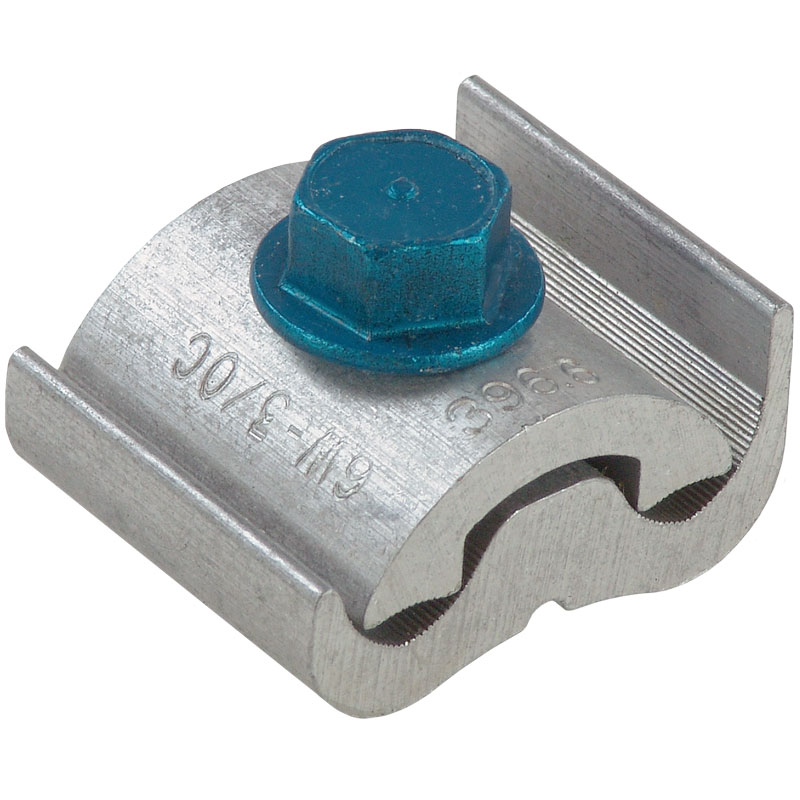
A parallel groove clamp is a type of electrical connector used to join two conductors. A parallel groove clamp is also referred to as a PG clamp. It also helps to securely hold and connect the ends of two parallel conductors. It does this without damaging them. This helps to ensure efficient power transmission and reduce electrical losses. A parallel groove clamp is from high-strength materials that are lightweight and corrosion resistant. The clamps help in maintenance and upgrade of power lines in South America. This contributes to more resilient electrical infrastructure for sustainability. Common types include bolted, compression, tension, dead-end and repair parallel grove clamps. Parallel groove clamps find use in applications such as transmission lines, distribution lines, dead-ends, repair and maintenance.
Key features of parallel groove clamp
Parallel groove clamps consist of several features that help them ensure safety and reliability. Thes features depend on the type of clamp and the intended application. These features make parallel groove clamps suitable components in construction, maintenance and operation of overhead power lines. The following are the key features of parallel groove clamps.
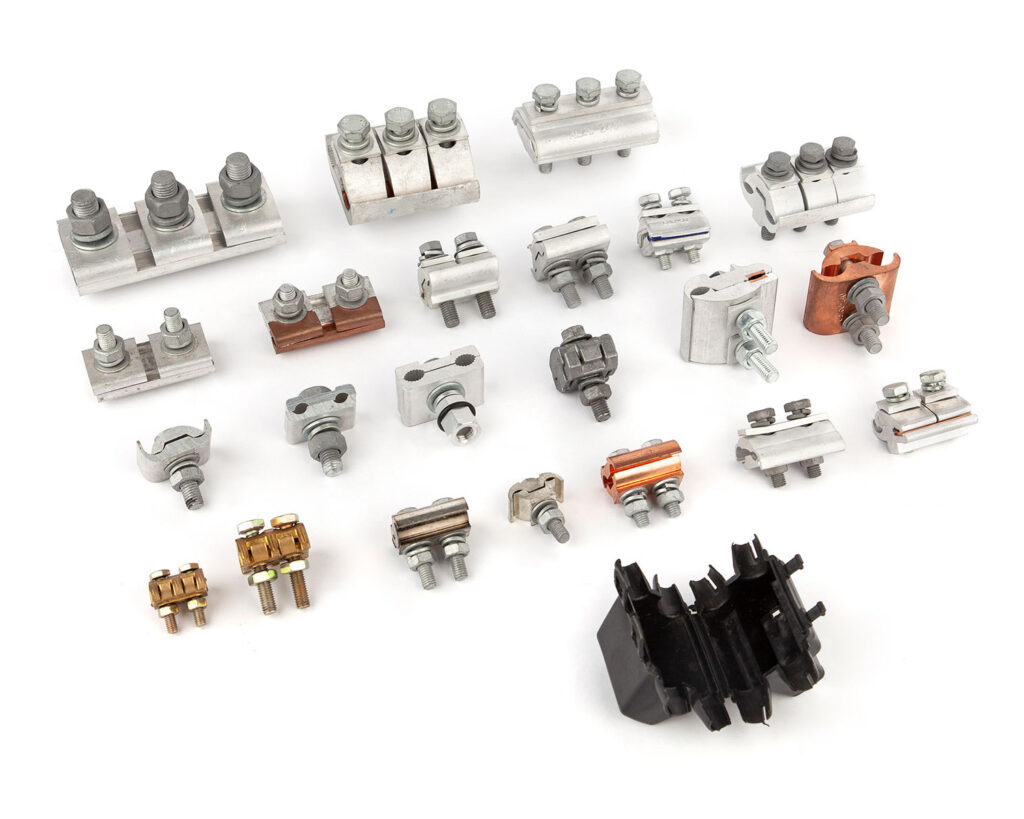
- Grooves – the grooved designs match the shape and size of the conductors they intend to hold. Its helps to secure and ensure a low-resistance contact between the clamp and the conductor.
- Adjustability – being adjustable helps them to accommodate various conductor sizes. This provides flexibility during installation.
- Load capacity – the different ratings for the PG clamps helps them withstand the mechanical forces in the lines.
- Material – the clamps manufacture from high-strength materials . These materials resist corrosion and offer mechanical durability. These materials include aluminum alloy, copper or steel.
- Weather resistance – parallel groove clamps are able to withstand outdoor environmental conditions. This may include exposure to rain, sunlight and temperature variations in South America.
- Safety – the clamps provide secure and safe connections. This helps reduce the risk of electrical faults, outages and damage.
- Bolted or compression mechanisms – PG clamp has these mechanisms to secure the conductors in place using bolts and nuts. The mechanisms provide high clamping force and are adjustable and easy to install.
- Versatility – they are available in different designs to accommodate various conductor types, sizes and configurations.
Selection and installation of parallel groove clamps
Proper selection helps ensure the reliability and safety of electrical systems. It includes considering several factors that influence the choice of the PG clamp. These factors include load capacity, conductor size, material, insulation, costs and ease of installation. The installation involves securely connecting and clamping two conductors together. The following are the general steps for installing a parallel groove clamp.
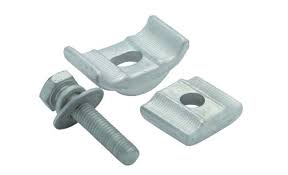
- Preparation – gather all the necessary tools required for the installation. This includes PG clamps, fasteners, wrenches, sockets, safety equipment and insulating materials.
- Precautions – ensure the power supply to conductors is safely disconnected. Wear the personal protective equipment like gloves and safety glasses.
- Conductor preparation – clean the conductors to ensure they are free from debris.
- Selection – choose the parallel groove clamp that is most suitable for the conductor size and type.
- PG clamp positioning – place the clamp onto the conductor at the desired location. Ensure the grooves match the conductors.
- Insert fasteners – insert the bolts and washers provided through the holes in the clamp and through conductors.
- Tighten the fasteners – use a wrench or socket to tighten the nuts onto the bolts to secure the PG clamp. Ensure the clamp is evenly tightened on both sides to distribute the clamping forces.
- Check torque specifications – use a torque wrench to apply specified torque to the nuts and avoid over-tightening.
- Inspection – visually inspect the installation to ensure the clamp is properly secured and there are no loose components.
- Insulation – install the insulation covers if the application requires it.
- Reconnection – follow the proper procedures to safely reconnect the power supply.
- Documentation – keep detailed records of the PG clamp installation. This is including location, date, conductor sizes, torque levels and other adjustments made.
Maintenance and inspection of PG clamp
Conducting regular maintenance and inspection helps to ensure safety and reliability of the electrical systems. It also helps to identify and address potential issues that may cause future accidents. It also helps to prevent downtime and extend the lifespan. Additionally, it is advisable to perform professional maintenance and inspection periodically. The following is a general guide for maintenance and inspection in South America.
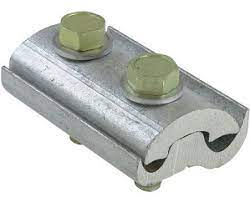
- Conduct visual inspections of PG clamp to identify any visible signs of wear, corrosion and damage. Check for loose bolts, cracked insulators and clamp condition.
- Inspect for corrosion due to varying levels of humidity and environmental conditions.
- Examine the condition of the clamp and check for signs of damage, wear or corrosion on the conductors.
- Ensure the nuts and bolts holding the clamp are tight. This helps to prevent clamp slippage and reduced clamping force.
- Clean the clamps regularly to remove dirt, debris and contaminants. These may compromise the electrical connection.
- Apply lubrication to the bolts and nuts to prevent corrosion. It helps ensure ease of adjustment during installation.
- Keep detailed records of inspections, maintenance and any replacements done. This helps with future maintenance activities of the infrastructure.
Comparative analysis of PG clamp in South America
A comparative analysis includes evaluating and assessing different types and designs of the PG clamps. This includes evaluating the market dynamics, available options and factors that influence their usage in the region. Also, assess the various manufacturers and suppliers of PG clamps in the region for a better understanding. The following are the factors to include in the comparative analysis in South America.
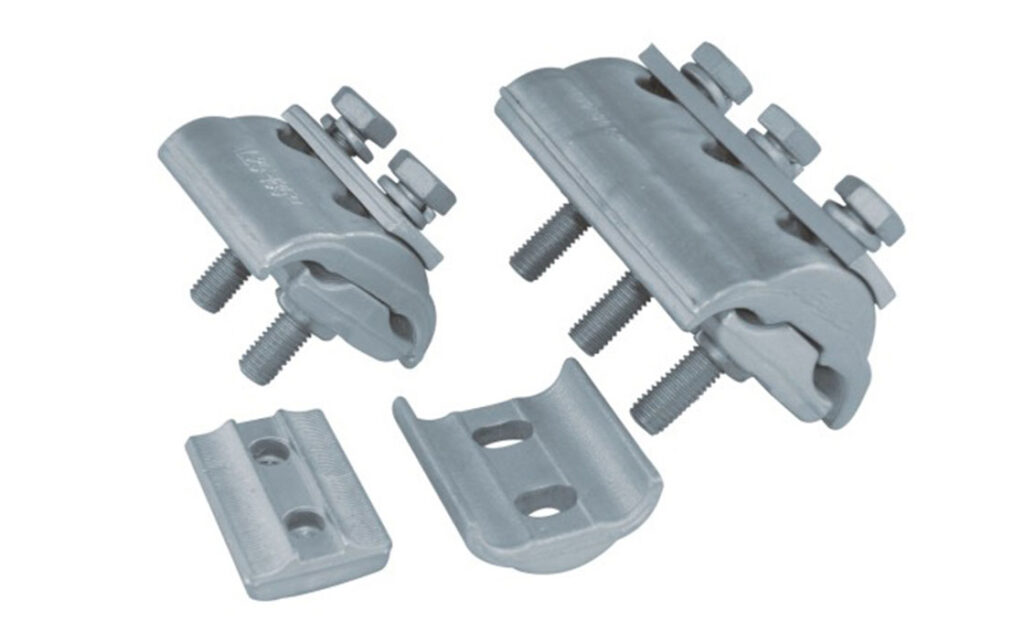
- Market availability – this includes the checking the variety of suppliers and local producers of parallel groove clamps. This helps to provide a wide range of choices for users.
- Application specificity – South America includes a mix of rural and urban areas that require PG clamps for the different applications.
- Conductor types – conductor materials influence the use of PG clamps in various applications. This is due to differences in conductivity, weight and corrosion resistance.
- Maintenance practices – use of clamps that require periodic adjustments is rampant in areas with well-established maintenance practices.
- Vendor support – availability of technical support and customers service also impacts the choice of the PG clamp. Consider factors such as warranty, availability of spare parts and responsiveness.
- Economic considerations – economic factors also influence the choice of PG clamps. This is due to cost effectiveness and reliability.
- Humidity and salt exposure – exposure to these conditions require corrosion resistant coating or materials.
- Environmental considerations – the diverse weather conditions in South America require the use of corrosion resistance PG clamps.
Certifications and standards in South America
South America has a wide range of certifications and standards related to use of PG clamps. These standards help to ensure safety, quality and performance of the parallel groove clamps. The standards also may vary in the region as each country has their own local standards. Additionally, it is advisable to verify that the manufacturers products are fully certified and meet the required standards. The following are the common standards and certification in South America.
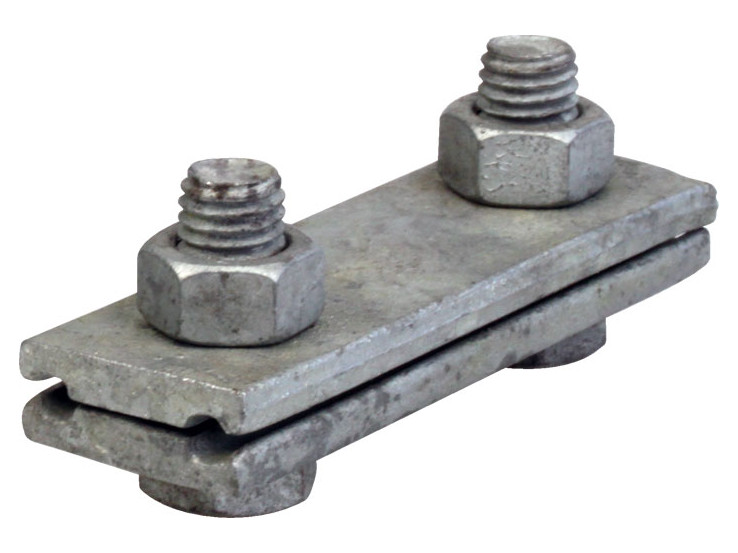
- IEC standards – this standard specifies dimensions and requirements for PG clamps.
- ANSI standards – this is an American standard for PG clamps used in overhead power lines.
- Local regulatory authorities – each South American country has their regulatory agencies. They help to set standards for electrical components.
- ISO certification – this certification ensures the manufacturers meet the quality standards for performance.
- ASTM standards – these are standards related to materials and testing procedures for PG clamps.
Regional market for parallel groove clamp in South America
There are various market trends that influence the demand and availability of PG clamps in South America. These factors include electrical infrastructure development, utility projects and economic conditions. The following are the key factors that shape the regional market for PG clamps in South America.
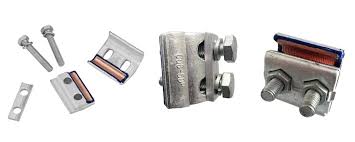
- Rural electrification – rural electrification helps to extend electrical access to remote areas. This requires the use of parallel groove clamps.
- Mining and industrial projects – mining operations in South America require the reliable electrical transmission systems.
- Variety of PG clamp types – there are various types and designs of PG clamps available in the market. This helps to increase the demand for use in various electrical systems.
- Competition – availability of local and international manufacturers helps to drive the demand for parallel groove clamps.
- Environmental conditions – the diverse climate conditions in South America require proper selection PG clamp. This helps to them to work in tropical rainforests and high-altitude regions.
- Import and export – some of the South American countries import the clamps to meet the local demand. Others with domestic manufacturers export to the neighbouring countries.